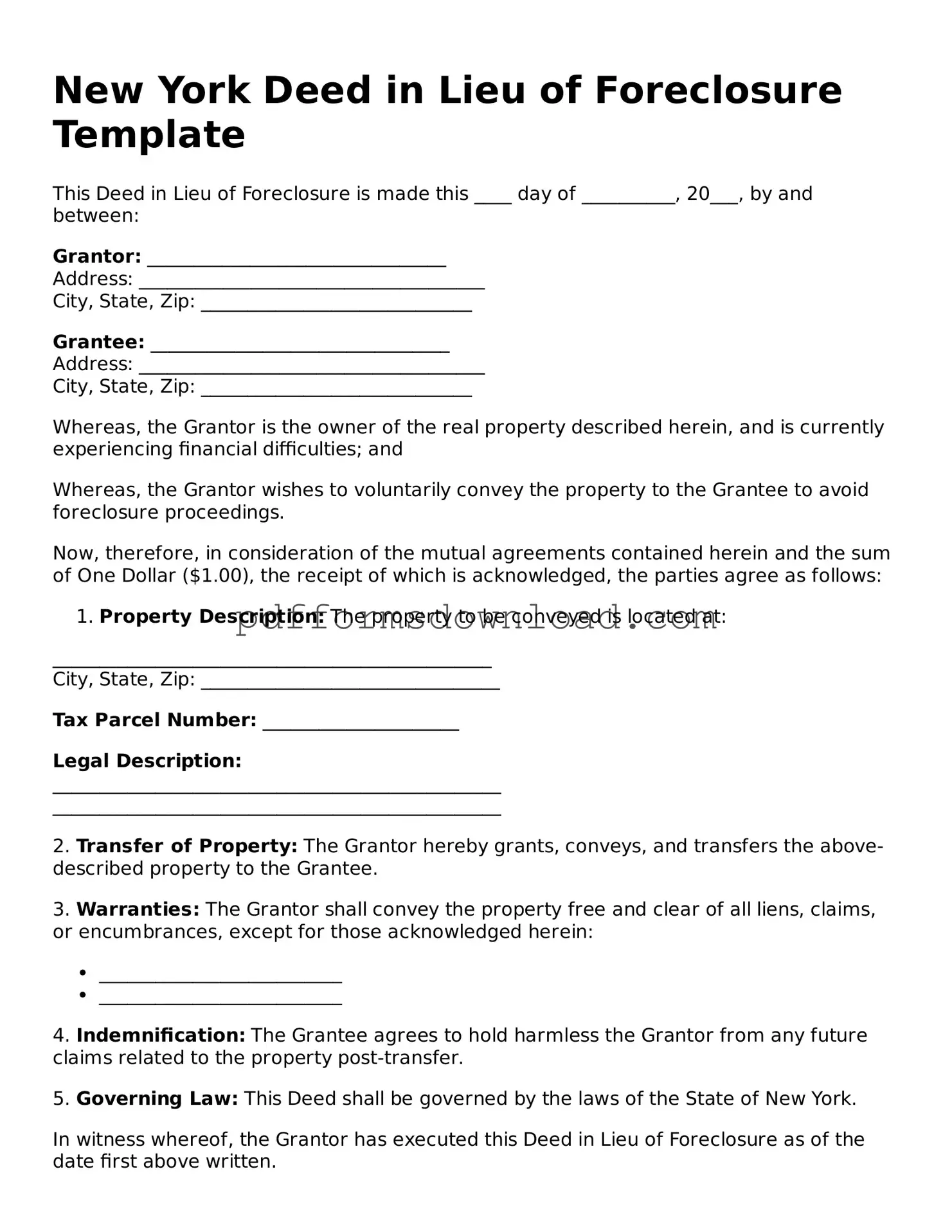What is a Deed in Lieu of Foreclosure?
A Deed in Lieu of Foreclosure is a legal process where a homeowner voluntarily transfers ownership of their property to the lender to avoid foreclosure. This option allows the homeowner to relinquish their property in exchange for the cancellation of their mortgage debt. It can be a less stressful alternative to the foreclosure process.
Who qualifies for a Deed in Lieu of Foreclosure?
Typically, homeowners who are facing financial difficulties and cannot keep up with mortgage payments may qualify. Lenders usually require that the homeowner is unable to make payments and has exhausted other options, such as loan modifications or repayment plans. Each lender has its own specific criteria, so it’s essential to check with them directly.
What are the benefits of choosing a Deed in Lieu of Foreclosure?
One significant benefit is that it can help preserve the homeowner's credit score compared to a foreclosure, which can have a more severe impact. Additionally, the homeowner may avoid the lengthy and stressful foreclosure process. This option can also provide a more amicable resolution between the homeowner and the lender.
Are there any drawbacks to a Deed in Lieu of Foreclosure?
Yes, there are potential drawbacks. The homeowner may still face tax implications, as the IRS may consider forgiven debt as taxable income. Furthermore, not all lenders accept Deeds in Lieu, so there is a risk that the lender may reject the offer. It’s crucial to consult with a legal or financial advisor to understand the full implications.
How does the process work?
The process typically begins with the homeowner contacting their lender to express interest in a Deed in Lieu. The lender will then review the homeowner's financial situation. If approved, the homeowner will sign the necessary documents to transfer ownership. The lender may also require a property inspection before finalizing the deed.
Can I change my mind after signing a Deed in Lieu of Foreclosure?
Once the Deed in Lieu is signed and recorded, it is generally considered final. This means that the homeowner cannot reverse the decision. Therefore, it is crucial to be certain about this choice before proceeding. Consulting with a legal professional can help clarify any uncertainties.
What should I do if I am considering a Deed in Lieu of Foreclosure?
If you are contemplating this option, start by gathering all relevant financial documents. Speak with your lender to understand their specific requirements. It’s also wise to consult with a legal or financial advisor who can provide guidance tailored to your situation. Taking these steps can help ensure that you make an informed decision.
